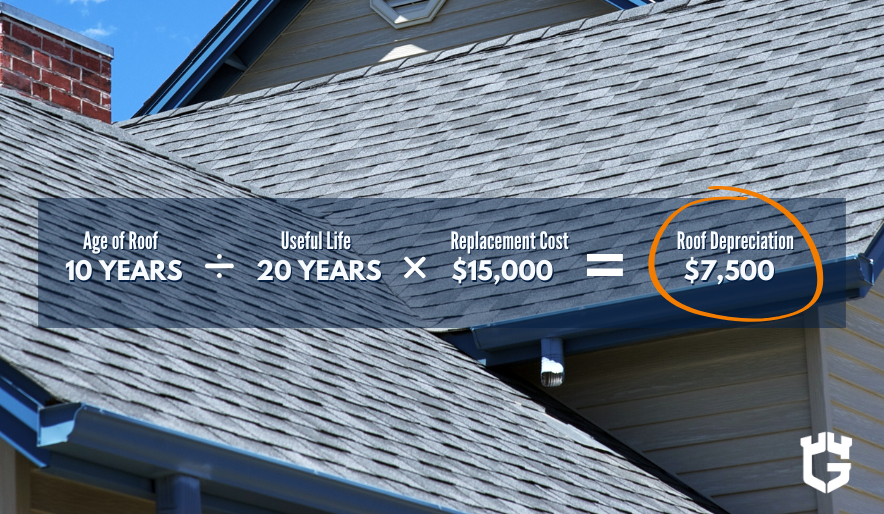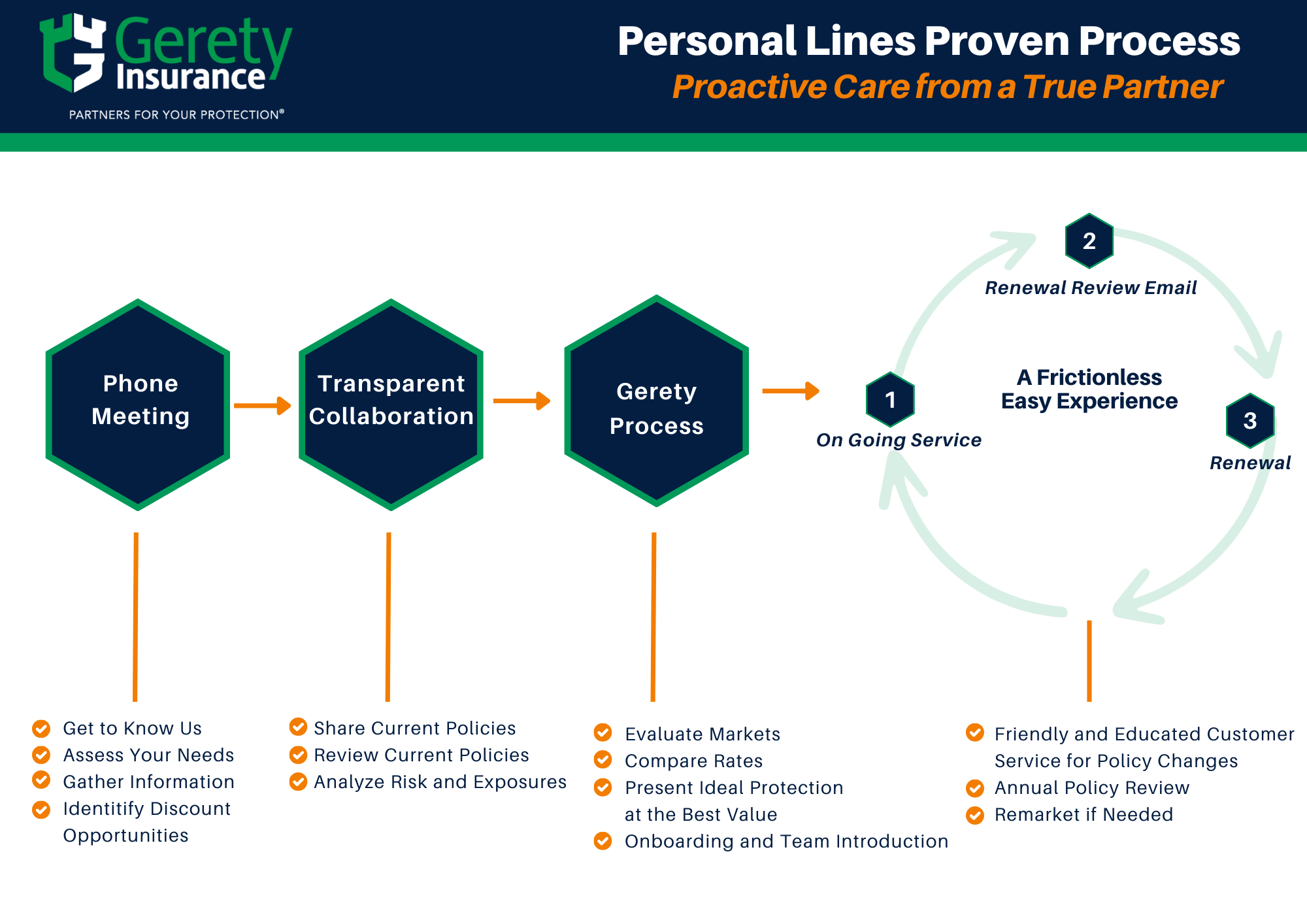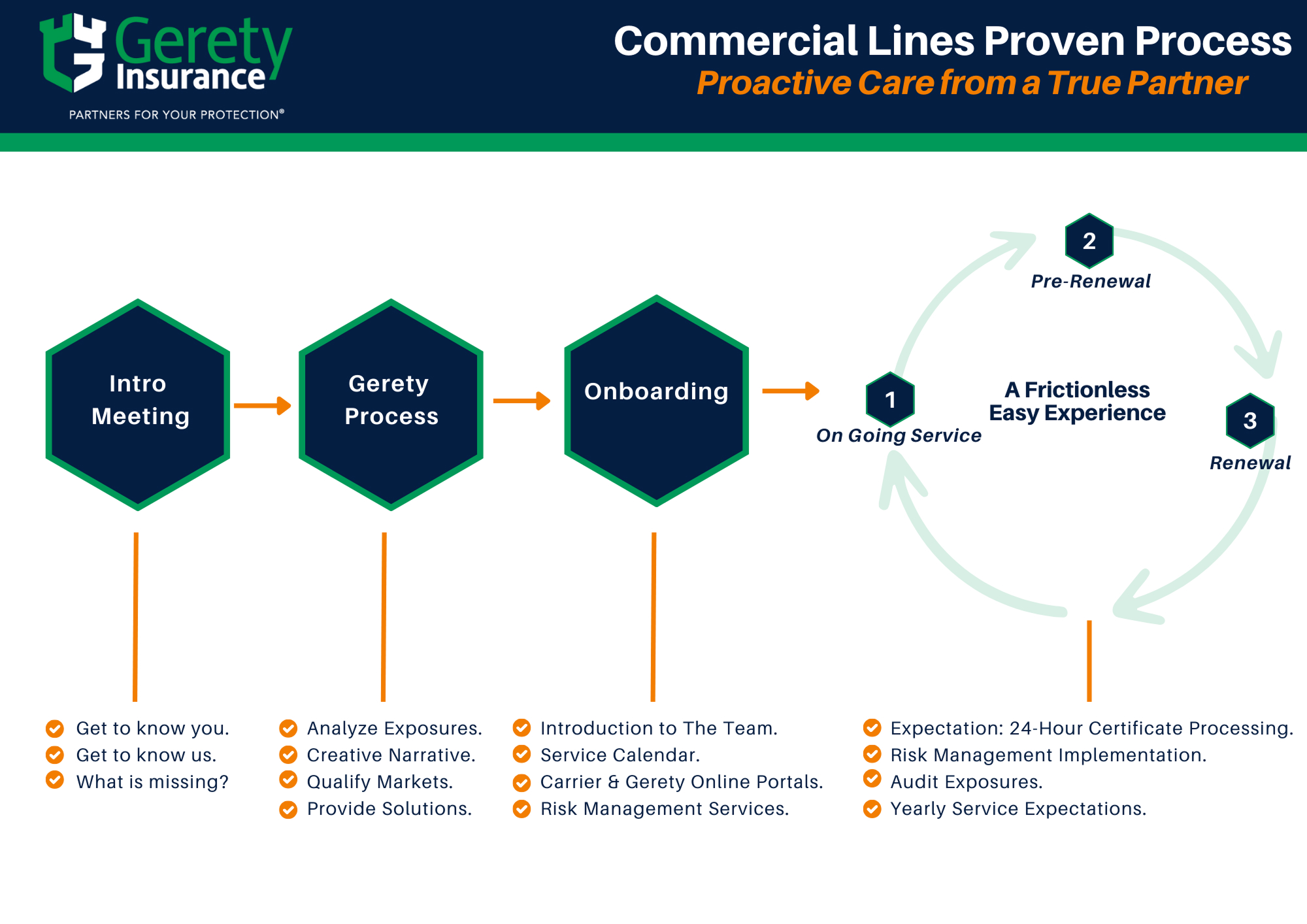As a homeowner in Maryland, you need a strong and reliable roof. It’s your first defense against severe weather. However, your roof naturally depreciates over time due to weather, age, and wear and tear.
These factors can significantly impact your homeowner’s insurance, including your premiums and claims. With more than 40% of property insurance claims stemming from wind or hail damage to roofs, knowing how insurance companies calculate your roof’s value will help you make informed decisions about your coverage options.
How Your Roof’s Age Affects Insurance Coverage

Insurance companies consider the age and condition of your roof when determining policy rates, coverage options, and claim payouts. The older your roof is, the more likely it will have wear and tear and be more prone to damage.
A roof that’s beyond its prime presents higher risks to insurers, which typically results in:
- Higher premium costs
- More restrictive coverage terms
- Lower claim settlement amounts
- Potential coverage limitations or exclusions
How is Depreciation Calculated?

Depreciation is a measure of how an asset loses value over time due to aging and deterioration.
Here’s how insurance companies calculate roof depreciation:
1. Identify Roof’s Expected Lifespan
Insurance companies determine how long your roof should last based on its materials (typically 20 years depending on materials). This depreciation schedule is usually found in your policy declaration pages.
Let’s suppose you have a 10-year-old roof with a 20-year expected lifespan.
2. Determine Replacement Cost
Insurers then calculate what it would cost to replace your roof using today’s prices and materials.
In our example, imagine the cost of completely replacing your 2,000 sq. ft. roof with today’s materials is $15,000.
3. Calculate Annual Depreciation Rate
By dividing the replacement cost by the expected lifespan, you can find how much value your roof loses each year.
$15,000 replacement cost ÷ 20 years expected lifespan = $750 depreciation per year.
This means your roof loses $750 in value annually, according to the insurance company.
4. Calculate Total Depreciation
We can then multiply the annual depreciation rate by the current age of your roof to determine how much value has been lost so far.
$750 annual depreciation × 10 years (current age) = $7,500 total depreciation.
Your 10-year-old roof has lost $7,500 of its value so far.
5. Determine Actual Cash Value
Finally, subtract the total depreciation from the replacement cost to determine your roof’s current worth to the insurance company.
$15,000 replacement cost – $7,500 total depreciation = $7,500 actual cash value.
This $7,500 is what your insurance company considers your roof worth today.
While this calculation determines your roof’s depreciated value over time, your policy type ultimately determines how much financial protection you’ll receive when damage occurs.
Replacement Cost vs. Actual Cash Value
The type of roof coverage in your policy directly determines whether you’ll bear the financial burden of depreciation or be fully protected from replacement costs.
There are two ways insurance companies will typically offer ways to cover roof damage:
1. Replacement Cost Value (RCV):
If your policy includes RCV coverage, your insurer will cover the full cost of replacing your roof minus your deductible. Depreciation isn’t factored in.
For example, if replacing your roof costs $15,000 and your deductible is $1,000, you’ll receive $14,000 for a complete replacement, regardless of your roof’s age or condition.
2. Actual Cash Value (ACV):
With ACV coverage, your insurer applies the depreciation calculation we discussed earlier. As a result, you will receive a significantly lower payout than the cost of a new roof.
Using our previous example, if your 10-year-old roof has depreciated by $7,500, you would only receive $7,500 for that same $15,000 replacement (minus your deductible). This works similarly to how collision coverage depreciates your vehicle’s value in auto insurance.
How Roof Age Affects Your Premiums and Coverage
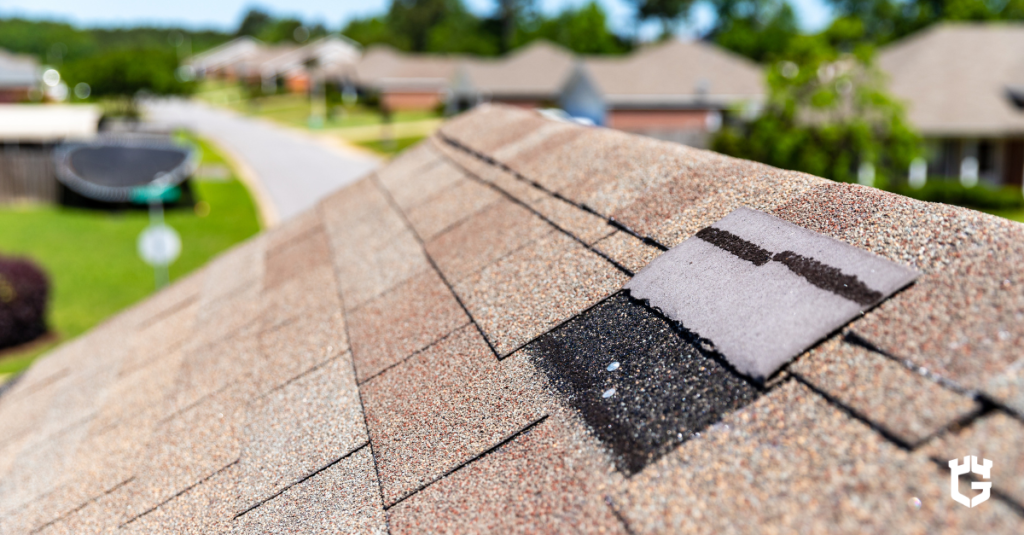
The age and condition of your roof directly influence your insurance coverage and premiums. Insurance companies typically structure their policies based on roof age:
- Newer Roofs (10 years or younger): Insurance companies typically favor newer roofs, offering lower premiums and full replacement cost coverage.
- Older Roofs (11-20 years): With older roofs, insurance companies may only offer actual cash value coverage (which factors in depreciation), charge higher premiums, or even deny coverage completely. Many insurers require a roof inspection to assess the condition of the surface.
Ways to Minimize Depreciation and Maintain Coverage
You can protect your investment by scheduling routine roof inspections, cleaning gutters regularly, and repairing minor damages before they become major problems.
If your roof is nearing the end of its lifespan, consider replacing it before filing a claim to secure better protection and coverage options.
Understanding Roof Coverage Limitations

While understanding basic depreciation concepts is important, homeowners are now encountering a newer, more complex policy feature that can significantly impact their coverage: limited roof endorsements, also known as roof surfacing payment schedules.
Many insurance companies are now automatically adding these policy modifications at renewal time with minimal explanation. Understanding how roof surfacing payment schedules impact your policy can help you make more informed decisions about your coverage.
What is a Roof Surfacing Payment Schedule?
A roof surfacing payment schedule is an increasingly common policy modification restricting how much your insurance company will pay for roof damage.
Instead of covering the full cost of repairing or replacing your roof after damage, the insurer will only pay a percentage of the cost, and that percentage decreases as your roof ages.
This endorsement affects all parts of your roof, including:
- Shingles and tiles
- Underlayment and felt
- Membranes and drip edges
- Vents, turbines, and skylights
- Other roofing components specified in your policy
How the Roof Surfacing Payment Schedule Works
Your insurance company determines the depreciation value of different roofing materials (asphalt shingles, metal, tile, etc.). As your roof ages, the percentage your insurance company covers decreases according to a preset schedule.
This payment structure is typically outlined in your policy so that you know upfront how much coverage to expect as your roof ages.
When Does the Roof Surfacing Payment Schedule Apply?
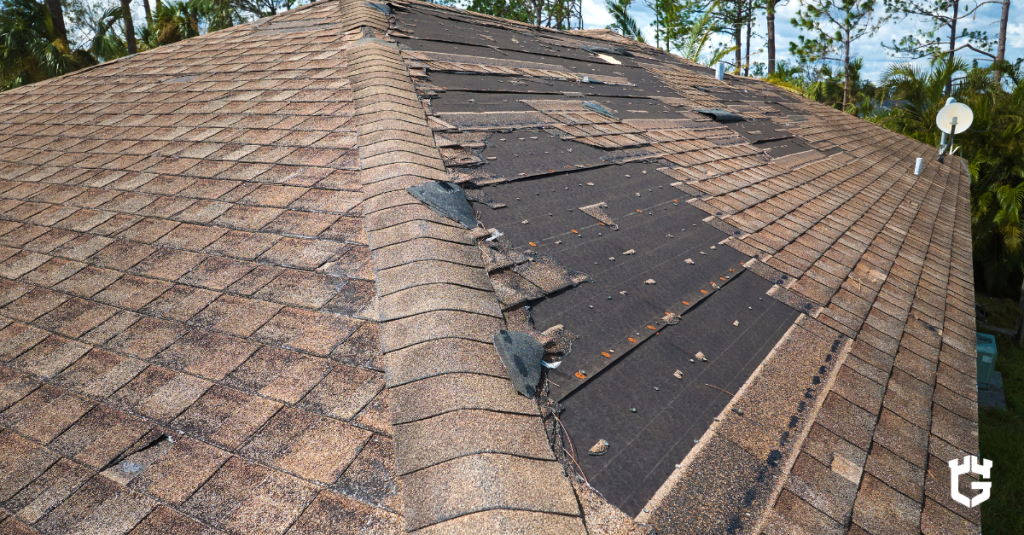
The roof surfacing payment schedule is triggered when roof damage is caused by specific weather events, including:
- Windstorms
- Hurricanes
- Hailstorms
- Tornados
- Sleet
When roof damage occurs due to other events, such as fire, the roof surfacing payment schedule would not apply, and normal policy coverage terms would be in effect.
Who Needs a Roof Surfacing Payment Schedule?
A roof surfacing payment schedule isn’t right for every homeowner, but for some, it can help balance coverage and affordability. While these endorsements limit how much your insurer will pay for roof damage, they may be a practical option depending on your roof’s age, location, and budget. Based on the age of your roof, your insurance carrier may mandate that the roof surfacing payment schedule is mandatory on your policy.
You might consider this type of policy if:
- You have an older roof and want to manage premiums while maintaining some level of coverage (or if your insurance carrier requires it).
- You live in an area prone to severe weather, where wind, hail, or hurricanes make roof claims more common.
- You’re looking to lower your premiums, though this comes with reduced coverage and higher out-of-pocket costs in the event of a claim.
- It is mandated by the insurance carrier.
Whenever you replace your roof, be sure to notify your agent immediately so they can update your policy to reflect your roof’s new age.
This simple step could significantly improve your coverage terms and potentially reduce the impact of any roof-surfacing payment schedule on future claims.
Protect Your Home with the Right Roof Coverage
Now that you understand how roof depreciation, payment schedules, and age factors affect your coverage, you can make more informed decisions about your policy.
If you’ve recently replaced your roof or want to review your coverage options, we’re here to help. At Gerety Insurance, we believe in transparency and making sure you have the coverage you need.
As insurers continue to introduce limited roof endorsements and roof surfacing payment schedules, we’re here to help you navigate these changes, explain your policy details, and ensure your home is fully protected.
Contact us today for a free policy review. We’ll help you find the best protection for your home before you need to file a claim.

